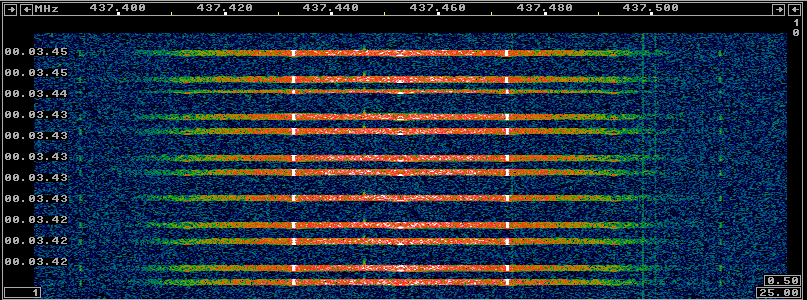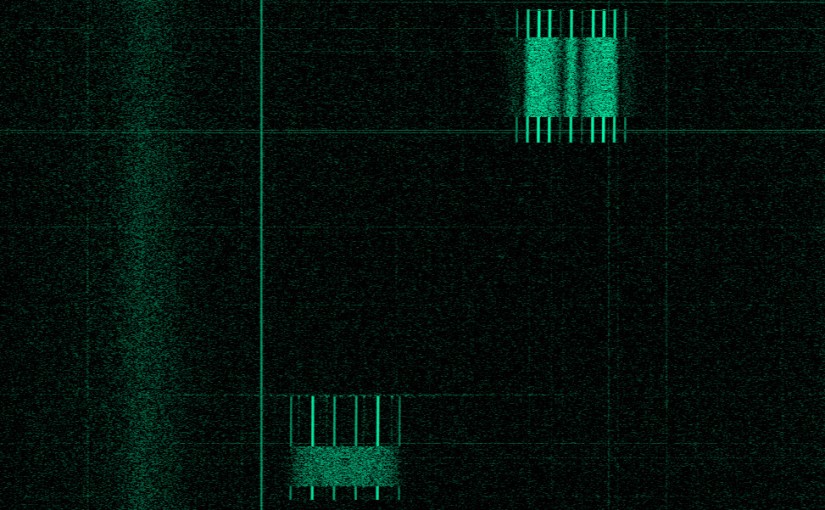On 15th August, a Chinese CZ-2D rocket launched three satellites from Juiuquan (Mongolia). The main payload was the Chinese satellite QSS, designed to do some experiments in quantum communications and entanglement. As anything that has the word quantum on it, this satellite even made it to the mainstream news in Spain. The rocket also launched Lixing 1, another Chinese satellite which will research the upper atmosphere, and 3CAT2, from the Universidad Politècnica de Catalunya (Spain).
3CAT2’s main payload is a GNSS reflectrometer designed to measure the altitude of the Earth and map the oceans. This means that it uses reflections of satellite navigation signals off the surface of the earth and sea to perform mapping. It will mainly use the L1 and L2 signals from GPS, but it can also work with Galileo, GLONASS and BeiDou signals. It also carries a prototype of a magnetometer designed for the eLISA project. This project consists in setting up a laser interferometer in space to observe gravity waves. It is roughly the same as the Earth-based LIGO, that recently confirmed the first detections of gravity waves. However, since eLISA will be in space, its laser arms will much longer than LIGO’s. This permits to study much lower frequencies than it’s possible Earth-based interferometers.
3CAT2 has a downlink in the Amateur 2m band, at 145.970MHz, and transmits 9600bps BPSK. It also has a faster BPSK downlink in the S-band, presumably at 2401MHz (inside the Amateur 13cm band). The days following 3CAT2’s launch I tried to receive its VHF signal, without any luck. I have been in contact with other Amateurs who also listened and didn’t hear anything.
This morning, I’ve received email from Scott K4KDR telling me that he has heard the satellite for the first time and he has managed to do a recording, but he is unable to decode the data.
We where unsure about which encoding that 3CAT2 is using. It could be AX.25, or some custom protocol using FEC. As far as I know, the only other satellite that transmits 9k6 BPSK in the Amateur bands is LilacSat-2, which uses strong FEC. Nevertheless, I’ve taken a good look at Scott’s recording and I’ve been able to decode one packet. This is, as far as I’m aware, the first decoding of 3CAT2 by an Amateur operator.



